The next read is an excerpt from “The Doctor’s Book of Survival Home Remedies”, Chapter: Green Tea, pages 332-333:
Green tea has been consumed for over 5,000 years in its native China. By the 12th century, the Japanese also knew the benefits of this plant. In 1191 the Japanese Buddhist Monk Eisai returned home from China and influenced society to drink and grow green tea. He promoted it as a tonic for good health and long life. Green tea soon became a cornerstone of Japanese culture and the tea-growing industry still thrives today.

Back in China, the leaves were likely first picked and eaten by local people for their flavor and stimulating effect. That’s because green tea naturally contains caffeine. Then over time, people began using the leaves in cooking, and to flavor drinking water.
During the 8th century, a method of steaming green tea leaves was discovered that inhibited oxidation and maintained their natural green color. Processing methods have been further refined since then to ensure high-quality, non-oxidized green teas with excellent color and flavor. Green tea comes from the same plant as oolong and black teas, but those teas are fermented, which causes the leaves to oxidize and turn brown.
Green tea contains more antioxidants than oolong or black tea because it’s processed without oxidation, and these antioxidants have been linked to a variety of health benefits. Green tea is also lower in caffeine than its black counterparts, which is good if you’re sensitive to caffeine or simply don’t want a drink that’s overly stimulating.
You can buy many different types of green tea and even flavored varieties at most supermarkets and specialty shops. Green tea plants are also relatively easy to grow and harvest for your own fresh supply. Brewing and drinking green tea is viewed as an art form in many traditions, especially in Japanese culture.
Whether you buy or grow your own green tea, you’ll soon discover why this legendary tea has captured the hearts of millions around the world.
>>> GET THE BOOK TO DISCOVER THE FULL CHAPTER <<<
Conditions Green Tea Can Remedy
Green tea is especially high in the antioxidant called epigallocatechin gallate (EGCG). EGCG belongs to a unique group of antioxidants found only in tea, many of which have been linked to a range of health benefits, from fighting cancer to enhancing liver function.
Interestingly, EGCG appears to help prevent the onset of type 2 diabetes[1]. EGCG has been shown to mimic the cellular effects of insulin[2], a hormone vital for regulating your body’s blood sugar levels. In type 2 diabetes, your body becomes less sensitive to insulin, which can cause dangerous highs and lows in your blood sugar. The ability of EGCG to act similarly to insulin seems to help improve your body’s ability to maintain healthy blood sugar levels and potentially prevent type 2 diabetes.
Evidence also suggests that regular green tea consumption may help treat or prevent the following conditions:
- Age-Related Cognitive Decline
- Alzheimer’s Disease
- Atherosclerosis
- Bacterial Infections
- Cancer
- Diabetes
- Hair Loss
- High Blood Pressure
- High Cholesterol
- Liver Disease
- Obesity
- Osteoporosis
- Rheumatoid arthritis
- Stress
- Tooth and Gum Disease
How To Grow Green Tea
Green tea is harvested from the fresh shoots of the Camellia sinensis shrub. In the wild, a tea shrub can grow over 10 feet (3 meters) tall, but most growers prune tea shrubs to about 3 feet (1 meter) high for ease of harvesting.
Two main varieties are grown for tea production, Camellia sinensis var. assamica and Camellia sinensis var. sinensis. The assamica variety is native to tropical regions in Asia and grows best in warm areas with lots of rainfall. For non-tropical areas, the sinensis variety comes from cooler regions and is better suited. Depending on where you live, you may want to seek out the variety that best matches your local environment.
Regardless of the variety, Camellia sinensis is hardy to USDA zones 7-9 (find out your local zone here[3]) and the shrubs can only handle a very light frost. If you live in a colder zone, you’ll need to grow your tea plant in a container and bring it inside for winter.
Camellia sinensis is an evergreen shrub that makes a nice specimen plant for you to enjoy year-round. It has attractive white flowers in the fall that can also be collected and used for tea.
>>> GET THE BOOK TO DISCOVER THE FULL CHAPTER <<<

It is forbidden to replicate any of the above content without Dr. John Herzog’s consent. However, in order to support the discounts and donations we’re making, we depend on free advertising. The doctor needs your help in sharing this with the world.
Resources
[1] https://www.ncbi.nlm.nih.gov/pubmed/19259345/
[2] https://www.ncbi.nlm.nih.gov/pubmed/12118006/
[3] https://planthardiness.ars.usda.gov/PHZMWeb/


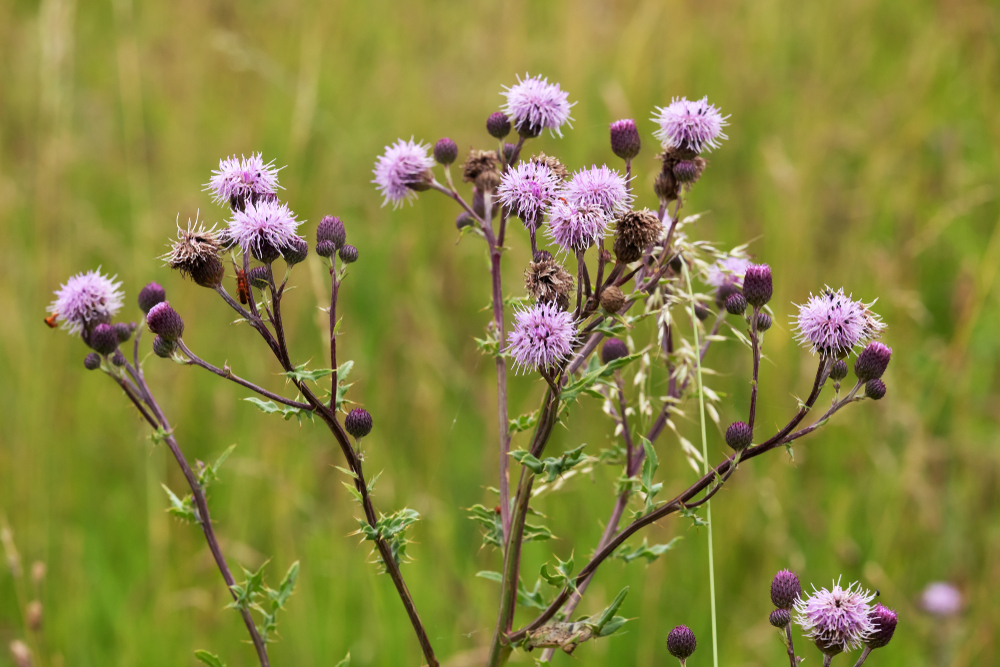

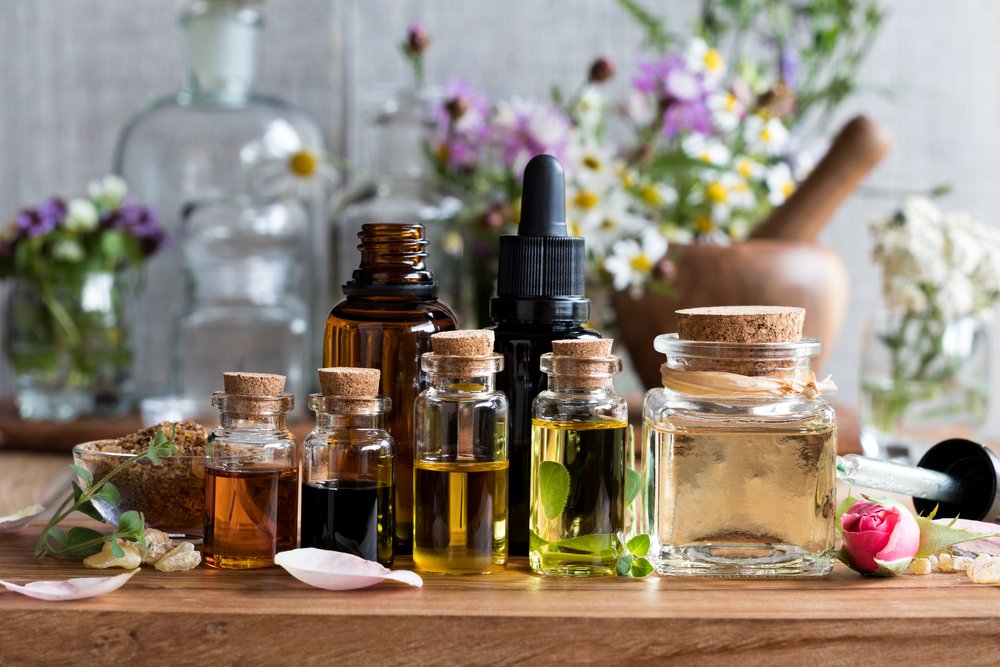


Michelle | May 14, 2020
|
Thankfully, people like this Dr. Herzog help us to have additional healthful options for caring for ourselves! Medical doctors who prescribe pills are lifesavers, deserving our respect. But prevention and building up our health on our own is even better when possible!
Nona | May 14, 2020
|
Not only does it have less total caffeine than coffee, but it helps wake you up in the morning without the “let-down” or “crash” that coffee drinkers experience later in the day. Another benefit not mentioned is helping insomnia, since green tea helps to balance cortisol levels throughout the day.